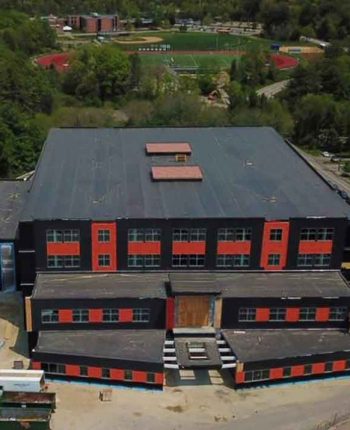
A programmable thermostat is one of the most affordable and effective ways to save energy in your home. It will allow you to reduce heating and cooling costs by up to 15 percent for a small investment. For optimum performance, it is important to follow the manufacturer’s installation guidelines and use instructions.
Installing a programmable thermostat
Replacing an older, manual thermostat with a programmable unit is a fairly simple installation that you can perform yourself. Use the same wiring that is connected to your old thermostat and follow manufacturer’s instructions. Remember to shut off the power to the circuit before starting. If you do not feel comfortable performing the work, or if it involves more than just a replacement, contact a qualified electrician or heating and cooling professional.
The location of your thermostat can affect its performance and efficiency. A programmable unit should be located away from any heat sources or drafts, including fireplaces, vents, windows, and doors. If your existing thermostat is in a poor location, install your new unit in a setting that will optimize its performance.
Choosing and programming your thermostat
Programmable thermostats are affordable, ranging in price from around $30 to more than $200. Most units offer four pre-programmed periods (mornings, evenings, nighttime, and daytime), programs for weekends and weekdays, and override features. Some models offer more advanced features, such as multiple settings for each day of the week. The type of unit you choose depends on your budget and the features you want.
When programming your thermostat, consider your household schedule, seasonal changes, and weekends. There are no specific rules regarding temperature settings; it depends on your comfort level, the local climate, and the condition of your home. ENERGY STAR estimates that proper use of your programmable thermostat, using the four pre-programmed settings, will result in savings of up to $180 per year on your energy bill.
If you have a heat pump, make sure your thermostat will lock out the backup electric resistance coils during temperature setback recovery in heating mode. Many programmable thermostats will also solve damaging compressor short cycling conditions (<5 minutes run time) by forcing the compressor to run for a specified duration (8 to 10 minutes) before shutting off.
Proper use guidelines
While it is important to operate your thermostat in accordance with manufacturer’s recommendations, these general guidelines can help you optimize energy savings:
- Maintain energy-saving temperature set points when the home is unoccupied for long periods during the day (eight hours for example),and late at night.
- Avoid using the override feature whenever possible; it defeats the purpose of programmed settings and reduces energy savings.
- Use the vacation feature when you are away; not for managing daily temperature settings. Recommended vacation settings are 55°F during winter and 85°F during the summer.
- If your home has multiple heating and cooling zones, install a programmable thermostat to control each zone.
- Adjusting temperatures higher or lower will not heat or cool your house more quickly. To optimize savings, program your thermostat to the desired temperature for each period.
While programming your thermostat is a great starting point, you can achieve additional savings and comfort through routine heating and cooling system maintenance, air sealing, and the weatherization of doors and windows.


